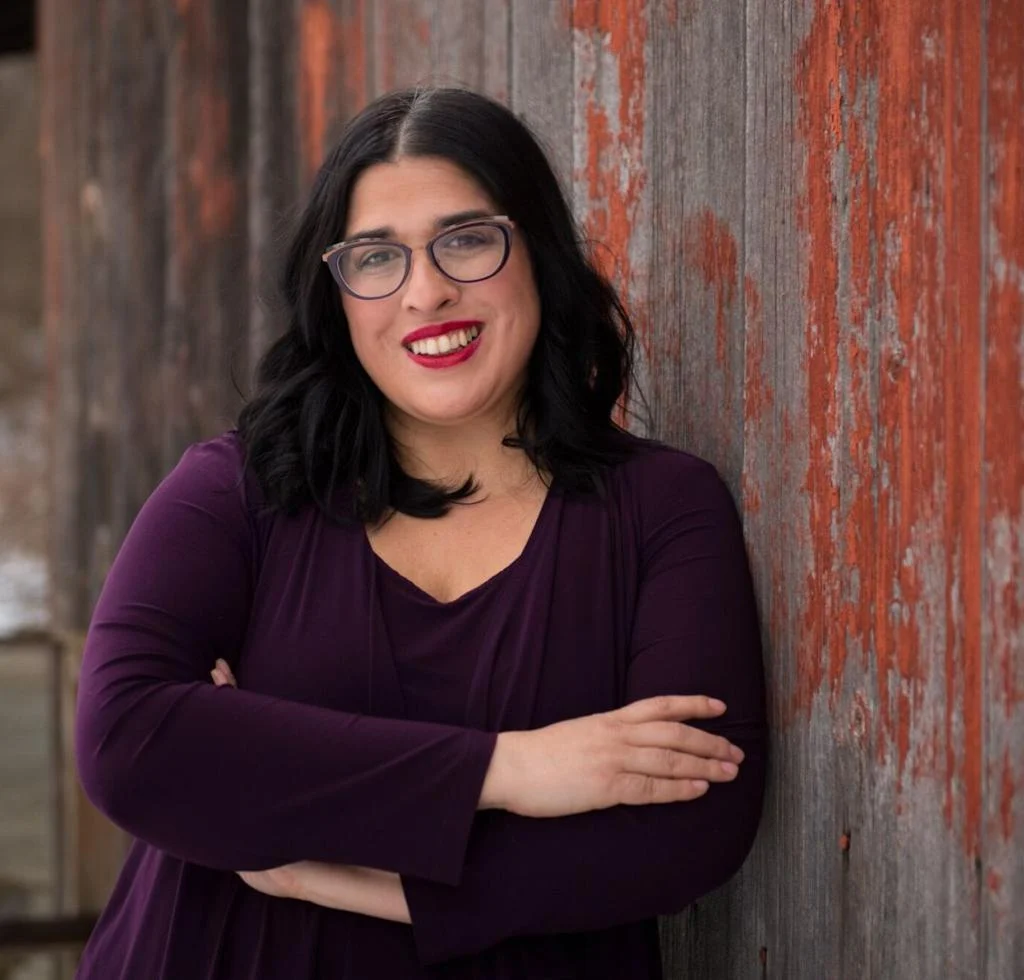This website uses cookies
We use cookies to ensure that we give you the best experience on our website. If you continue to use this site we will assume that you are happy with it.

In 2017, after the success she had as the lead counsel of the “We Are Seneca Lake” movement, Sujata Gibson approached Cornell Law School with the idea for a protest defense practicum. Originally offered as the Civil Disobedience Defense Practicum, after months of workshopping the idea with the school, the clinic was born in the spring semester of 2018.
Since 2018, the clinic, now named the “Protest Defense Practicum” has assisted with high profile cases across the nation, setting important precedent for protestors. This year, Gibson and her students are assisting with the lawsuits brought against New York City and their violent use of the Strategic Response Group (SRG) in response to the protests that occurred throughout the summer of 2020 after the murder of George Floyd. These protests, which occurred nationwide throughout 2020, sought to bring attention to the decades long issue of racism and police brutality. Many of these protests (mostly peaceful) took place in New York City and its surrounding boroughs.
Hundreds of complaints allege that New York City’s response to the protests was reckless and aggressive. A central issue is the city’s deployment of the SRG against the peaceful protestors. The SRG was created to combat terrorism, and the unit is trained by foreign militaries to use aggressive police tactics. Though New York City government officials have repeatedly promised not to use the SRG against protestors, they have routinely broken this promise, particularly in response to the summer of 2020 protests.
Gibson said that “videos from the summer of 2020 show the SRG repeatedly showing up at peaceful protests in full riot gear: shields, helmets, etc, and kettling, brutally beating and tackling peaceful protestors” A significant number ofrotestors allege that they were wrongfully arrested and detained. As a result, hundreds of complaints were filed against the city and the SRG, detailing such similar and pervasive accounts of misconduct that the attorney general got involved and filed a suit against New York City. Many of the other lawsuits were consolidated, either completely or at least for purposes of discovery.
According to Gibson, “Historic settlements were reached in some of these consolidated lawsuits.” Chief among the settlement terms were provisions that would have curtailed the use of the SRG, and set rules that could potentially prevent widespread policies and practices that protestors allege have a chilling effect on basic constitutional rights. The judge signed the settlement, but, in a surprise twist, the order was then vacated after the Police Benevolent Association asserted that the city could not settle the case without their input.
One of the cases consolidated for discovery purposes, which the clinic’s students are working on, is the case of Rodriguez vs. City of New York, et al. The students are split up into two teams; the first team is a group of five students working on discovery, the second is a group of four students working on new claims. The clinic is also working with co-counsel, Cohen & Green P.L.L.C., which has served as lead counsel on a number of the consolidated cases.
A central issue that the practicum has focused on in this case is the widespread and assertedly intentional efforts of the city and police officer to obscure the identity of the officers involved. Students reviewed reports citing hundreds of complaints alleging that officers taped or otherwise covered up their badges, wore the wrong helmets with other officer’s identifying information, and failed to turn on body cameras or preserve footage. Meanwhile, the city repeatedly asserts that it has kept no record of which officer was deployed to which protest, leaving protestors with no reasonable avenue to identify the officers that wronged them.
The group of students working on the new claims team are tasked with developing claims that are important and haven’t been made before, and then amending the original complaint.
“I really love this clinic,” said Jianing Zhao ‘24. “Being a member of this team, we got to develop a lot of new claims that have never been brought up before with this extent of factual support.”
Clinic students are tasked with thinking creatively about how to bring awareness to this in the case, as they are combing through several reports to try and put together factual and legal arguments. If successful, this case could create precedent that will help other protestors seek redress with this issue, even in cases where they are obstructed from identifying the individual officers who harmed them.
“It’s really nice that the clinic offers opportunities to take on this big task. We’re grateful that Professor Gibson and co-counsel trusted us to help…the claim was filed mostly as we amended it, with a lot of trust and support,” said Zhao.
Since the inception of the practicum, several similar clinics have popped up at other universities, but Gibson’s was the first of its kind. The program has since grown exponentially, built relationships across the country, and fostered a great experience for the students.
“The practicum is a way for students to gain practical knowledge of litigation, while also making a difference that is sorely needed,” said Gibson. “Mass defense cases require a lot of work and the few attorneys that specialize in this area are spread thin. Bringing students into this work is invaluable as they can spend time delving deep and utilizing the amazing resources of the university that others can refer to in parallel or future cases.”
To learn more about the Protest Defense Practicum, click here.